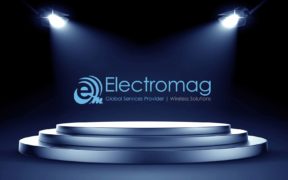Category: Enterprises

These days, there are resources and training materials on practically every subject you can imagine. It can be a daunting task finding training that’s both effective and relevant to your job. But without training, how can you be expected to stay up to date on the latest wireless trends and innovations? And once you do […]

Here’s a scenario many businesses encounter: profits are booming, the client pool is growing, and now it’s time to expand to new markets. How do you balance that growth with maintaining your company’s reputation for excellence? As they say, with great growth comes great responsibility. To remain known as a dependable company, it requires dependable tools. […]

In the newest release of iBwave Wi-Fi a new feature was introduced called the ‘Quick Connection Tool’. And if you often do the cabling in your designs, this is a feature you’re going to appreciate. What does it do? It completely automates the cabling of your sources to your APs, enabling you to cable your designs […]
